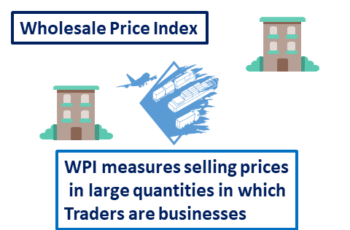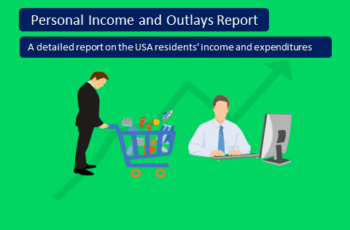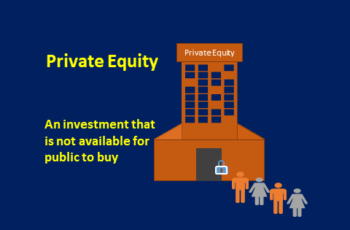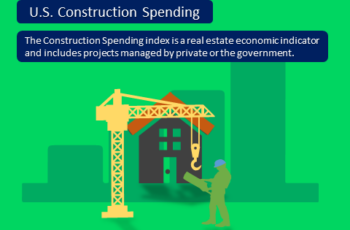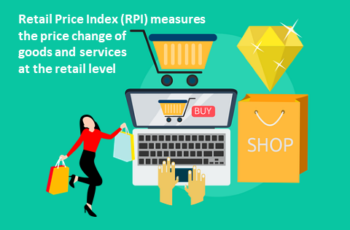What Is Personal Income?
Personal Income reflects the change in the total income value from all sources that US consumers receive in a given month compared to the previous month.
What are consumers’ income sources?
Wage or salary is not the only way that an income earner receives. There are several schemes and ways that workers and investors receive compensations.
Here are some income sources of consumers.
- Wage and salary: Wage is the compensation that a worker receives for the number of hours or days that he works. Salary is a fixed amount of money that a worker receives each week, regardless of how many hours he works;
- Bonus: a sum of money/stock options an employee receives as a reward for good performance;
- Rental income: the amount of money that a landlord receives from tenants as the rent;
- Dividends: distributed corporate profits;
- Benefits: government payments to individuals who are ill, unemployed, or receive child support, etc;
- Insurance payments: the amount of money paid to insurance holders; and
- …more.
The US BEA releases Personal Income data as part of the Personal Income and Outlays report, with personal consumption expenditures (PCE). Moreover, using PCE and income data disposable income, PCE index, and core PCE are also calculated and released in this report.
What Is Disposable Income?
Disposable income refers to the amount of money that a consumer can spend after taxes and health insurance premiums. Taxes include taxes at any level (federal, state, and local), unemployment and disability taxes, social security taxes, and other levies.
The difference between disposable income and expenditures is saving. Saving is critical for nations to invest and build wealth and can help to predict the amount of investments in the future.
Notice that disposable income is not the same as discretionary income. Discretionary income refers to minimal survival expenses such as food, medicine, utilities, transportation, insurance, etc.
Economic Impacts of Personal Income
Income and expenditures go hand in hand. In other words, they have a positive correlation. When income increases, expenditures follow, and when it decreases again the expenditures follow.
Moreover, consumption accounts for a majority of overall economic activity. An increase in income leads to consumption rises and vice versa.
A higher reading is usually seen as positive for the US economy and the USD, while a lower reading may have a negative impact.

